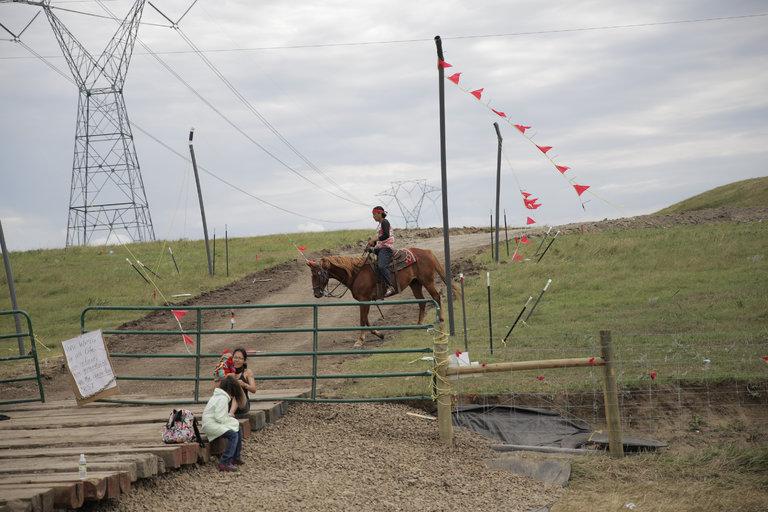Outside “the bubble”: The Dakota Access Pipeline
November 10, 2016
In recent months, the Dakota Access Pipeline has become a widely recognized issue throughout the country. The proposed pipeline would be 1,170 miles long and would span from North Dakota to Illinois, carrying as much as 470,000 barrels of oil a day.
The pipeline is expected to create anywhere from 8,000 to 12,000 jobs, though according to Mr. Klingebiel, “A pipeline doesn’t need many people to manage it. The jobs would be there for six months and then the pipeline would run itself.”
Despite uncertainties about how long the jobs will last, most agree that the economy would benefit greatly. The pipeline, however, infringes upon Sioux Indian lands and poses a considerable environmental threat.
According to the New York Times article, “North Dakota Oil Pipeline Battle: Who’s Fighting and Why,” “ancestral land would be in the path of the pipeline since it is not protected as Indian lands.” The pipeline would therefore threaten the roots of the longstanding Sioux culture in America.
Scientists also have qualms about the pipeline, fearing that it could contaminate the Missouri River and tarnish the water supply. “It could be disastrous. With pipelines there is always a quandary,” said Mr. Klingebiel.
Protesters have been adamant about banning the Dakota Access Pipeline. Much public attention was garnered when the actress Shailene Woodley, arrested during a peaceful protest, broadcasted her arrest via Facebook Live.
In response to the widespread protests, the state of North Dakota has claimed a state of emergency. The Dakota Access Pipeline could impact millions of lives in the Midwest, including those of Kent students.







